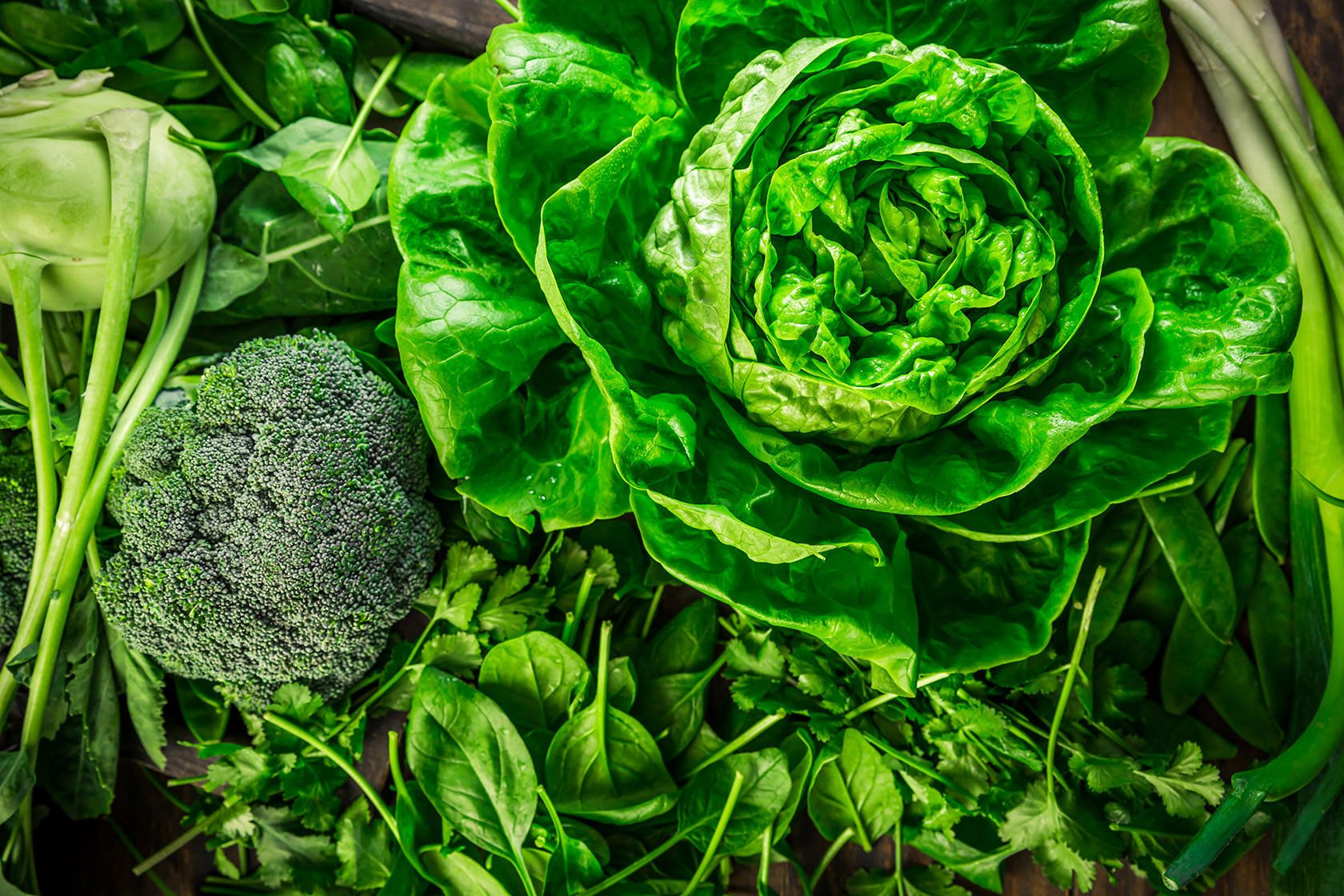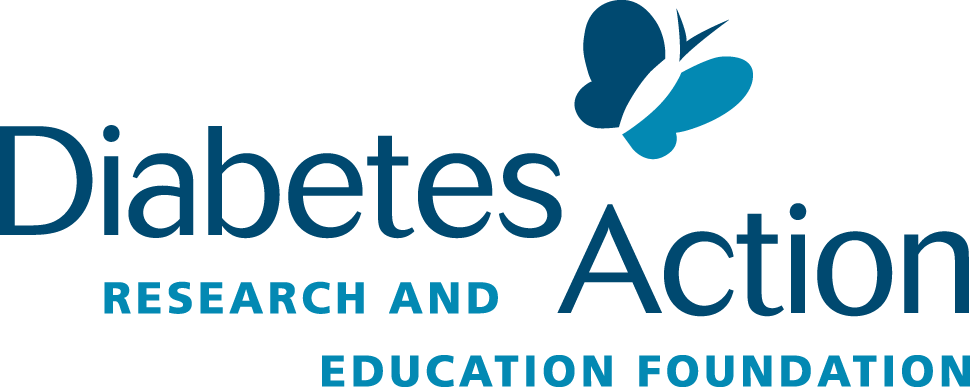
Complications
Preventing Complications
The best approach to dealing with any complication is preventing it in the first place by adopting healthier habits. If complications have already started, it is not too late to control them and keep them from worsening. Not all people with diabetes develop all the complications mentioned. Easy ways to reduce the risk of complications include the following:
maintaining normal blood sugar levels;
controlling blood pressure, cholesterol, and weight;
exercising regularly;
quitting smoking;
getting regular (at least once/year) checkups of eyes and kidneys;
taking nutritional supplements such as essential fatty acids with professional guidance; and
maintaining a positive attitude.
Short-Term Complications
HYPOGLYCEMIA
Blood sugar drops below 70 mg/dl when too much diabetes medication is taken, meals or snacks are eaten at the wrong time, alcohol is ingested without food, or more physical activity than usual takes place. Symptoms include shakiness, sweating, hunger, tiredness, confusion and irritability, blurred vision or headaches, and numbness or tingling of the mouth and lips. Some people may have low blood sugar without these symptoms, so frequent blood sugar monitoring is important to cope with this problem.
About 15 grams of readily available carbohydrates can raise the level of blood sugar by 50-100 mg/dl within 15 minutes. Use any of the following:
1/2 cup of juice (apple or orange)
1/2 cup regular soda
6-7 small hard candies
1 small box of raisins
3 glucose tablets
1 cup milk or
5 small sugar cubes.
If these methods do not work, they should be repeated. If the symptoms still do not improve, the doctor or diabetes education team must be contacted. Any hypoglycemic treatment should be followed by a small snack to avoid further drops in blood sugar level before the next meal. It is essential to always have glucagon available for emergencies.
HYPERGLYCEMIA
Very high blood sugar can be caused by a lack of normal exercise, illness, stress, too little insulin, or a heavy meal. Symptoms include excess thirst, excess hunger, frequent urination, hazy vision, signs of infection, or cuts and sores that heal slowly. To treat high blood sugar, the person with diabetes must take the correct dose of medication, monitor their blood sugar levels regularly, exercise regularly, follow a meal plan, and replace fluids and electrolytes. If the situation becomes serious, a doctor should be notified as soon as possible.
DIABETIC KETOACIDOSIS (DKA)
DKA is a serious condition which occurs mostly in type 1 diabetes. DKA occurs when the body becomes too acidic as a result of a build up of ketones. Ketones are an acid waste product made by the body when it burns fat for energy. If excessive, ketones can lead to a coma. Symptoms of DKA are vomiting, fruity smelling breath, stomach pain, and excessive tiredness in addition to the other symptoms of high blood sugar. This condition can come on very quickly, especially during an illness, and a doctor must be contacted immediately. DKA can be prevented by checking blood sugar regularly, testing urine for ketones (especially when ill), and maintaining a proper insulin schedule with respect to meals and exercise.
Long-Term Complications
A person with diabetes is more likely than other people to have a heart attack, stroke, kidney failure, eye problem, frequent infection, and foot or leg amputation, because of stress on the body organs due to years of uncontrolled high blood sugar. These complications arise when the high levels of blood sugar get deposited in the walls of blood vessels causing them to harden. The various organs of the body suffer when the hardened vessels eventually rupture.
DECREASED ABILITY TO FIGHT INFECTION
This is the result of damage to small blood vessels, which causes poor blood flow to the skin and a breakdown of the germ fighting system of the body. These infections can occur in the mouth and bladder. Commonly, infections occur on the feet since injuries often go unnoticed due to the loss of sensation in the damaged nerves.
KIDNEY DAMAGE (NEPHROPATHY)
Nephropathy is kidney damage caused when high blood sugar and high blood pressure damage the tiny blood vessels in the kidney called nephrons. Timely blood and urine tests can help detect early damage. Research has shown that high doses of thiamine can decrease the excretion of albumin and reverse early stage kidney disease in type 2 diabetes (1).
EYE DAMAGE (RETINOPATHY)
Retinopathy, or damage to the retina of the eye, is a serious condition that affects nearly 40 percent of people with diabetes. In addition to inadequate blood sugar control, hypertension and kidney disease contribute to the swelling of numerous tiny vessels that supply blood to the retina causing fluid to leak into the surrounding tissue. If this delicate tissue is damaged, impaired vision leading to blindness may result. In some people the leakage from the blood vessels continues, leading to a condition called macular edema which can often be helped with laser treatments (2).
Although existing therapies for treating diabetic retinopathy with laser coagulation and anti-angiogenesis drugs are effective, adverse effects can occur in retinal tissues which can even worsen the visual abilities. The use of curcumin has been shown to be a safe and effective substitute for treating retinopathy (3,4).
LARGE BLOOD VESSEL/HEART DAMAGE (MACROANGIOPATHY)
Damage to the large blood vessels that surround the heart and supply the arms, legs, and head is called macroangiopathy. This complication is more common in type 2 diabetes, but does occur in type 1 as well. Slow healing of cuts and sores, leg cramps, and dizzy spells may forewarn people with diabetes to the onset of this problem.
NERVE DAMAGE (NEUROPATHY)
Neuropathy is caused when recurring high blood sugar levels cause the nerve cells to swell and scar. As this continues, the nerves lose their ability to transmit signals through the body. This may cause either a tingling of the feet and legs or a numbness or lack of pain from cuts and bruises. When it affects the extremities, nerve damage is called peripheral neuropathy. Nerve damage can also affect the nerve function of various organs such as the stomach causing bloating, nausea, and vomiting. Nerve impulses to the heart can also be damaged, resulting in painless ischemic heart disease and irregular heart rate. Sexual function, especially in men, can be impaired as well.
Some options to help treat damage to peripheral nerves in patients with diabetic neuropathy include the use of:
Acupuncture has been studied by Diabetes Action as a safer alternative to other medical treatments for neuropathy.
Essential fatty acids – A deficit of gamma linoleic acid is thought to be responsible for many of the microvascular changes in diabetic neuropathy. Gamma linoleic acid supplementation has been shown to correct impaired nerve function in animal models of diabetes (5). In addition, the omega-3 fatty acids in fish oil have been shown to restore nerve damage from diabetes (6) and reduce inflammation linked to all diabetic complications (7).
Capsaicin cream – This cream provides relief by desensitizing the nerves so that some symptoms of neuropathy, such as tingling, are less painful (8).
Alpha Lipoic Acid has shown the ability to improve symptoms of peripheral diabetic neuropathy (9) and it was found to be especially helpful when combined with Benfotiamine (a lipid-soluble form of Vitamin B-1 (10).
Dietary changes include drastically restricting carbohydrates and adhering to a higher fat ketogenic diet, which recent research funded by Diabetes Action at Mt. Sinai Medical School, has shown total reversal of all diabetes complications, including nephropathy, retinopathy , and neuropathy (11).
Turmeric/Curcumin shows powerful anti-inflammatory activity for treating diabetic complications. The hypoglycemic benefits of using curcumin for diabetes has been shown to be equal to the use of Avandia (Rosiglitazone) by lowering insulin resistance and reducing blood glucose levels without the potential serious side effects of Avandia (12). Other curcumin studies have shown improvement of diabetes-induced endothelial dysfunction (13,14).
REFERENCES
Rabbani, N. Thiamine reverses early diabetes kidney disease in 35% of type 2 diabetes patients. Diabetologia. 2008: 447
Brown, D, et al. A new look at an old treatment for diabetic macular edema. Opthalmology, 2008: Vol. 15 (9): 1445-1446
Aldebasi, YH, et al. Therapeutic implications of curcumin in the prevention of diabetic retinopathy via modulation of anti-oxidant activity and genetic pathways. Int J Physiol Pathophysiol Pharmacol. 2013: 5(4):194-202
Gupta, SK et al. Curcumin prevents experimental diabetic retinopathy in rats through its hypoglycemic, antioxidant, and anti-inflammatory mechanisms. J Ocul Pharmacol Ther. 2011: 27(2): 123-130
Senthil, K et al. Primary and Secondary prevention of diabetic neuropathy: an update. Indian Journal of Preventive Medicine. 2013: Jan-June 1(1)
Shevalye, Y et al. Effect of enriching the diet with menhaden oil or daily treatment with resolvin D1 on neuropathy in a mouse model of type 2 diabetes. Journal of Neurophysiology. 2015: jn.00224
Laubertoval et al. Fish Oil emulsion supplementation might improve quality of life of diabetic patients due to its antioxidant and anti-inflammatory properties. Nutr Res. 2017: Oct: 46-49-59
Forst T et al. The influence of local capsaicin treatment on small nerve fibre function and neurovascular control in symptomatic diabetic neuropathy. Acta Diabetol. 2002: 39:1-6
Foster, TS. Efficacy and Safety of Alpha Lipoic Acid Supplementation in the Treatment of Symptomatic Diabetic Neuropathy. The Diabetes Educator. 2007: 33(1): 111-117
Du, X, et al. Oral benfotiamine plus alpha-lipoic acid normalizes complication-causing pathways in type 1 diabetes. Diabetologia. 2008 Oct: 51(10): 1930-1932
Mobbs, C et al. Mechanisms by which the ketogenic diet reverses obesity and diabetes. Endocrinology & Metabolism International Journal. 2017: 4(6):00107
El-Moselhy, M et al. The antihyperglycemic effect of curcumin in high fat diet fed rats. Role of TNF-α and free fatty acids. Food and Chemical Toxicology. 2011: 49(5):1129-1140
Jaenger, MK et al. Curcumin: A pleiotropic phytonutrient in diabetic complications. Nutrition. 2015: 31(2): 275-282
Rungseesantivanon et al. Curcumin supplementation could improve diabetes-induced endothelial dysfunction associated with decreased vascular superoxide production and PKC inhibition." Complementary and Alternative Medicine. 2010:10(57)
